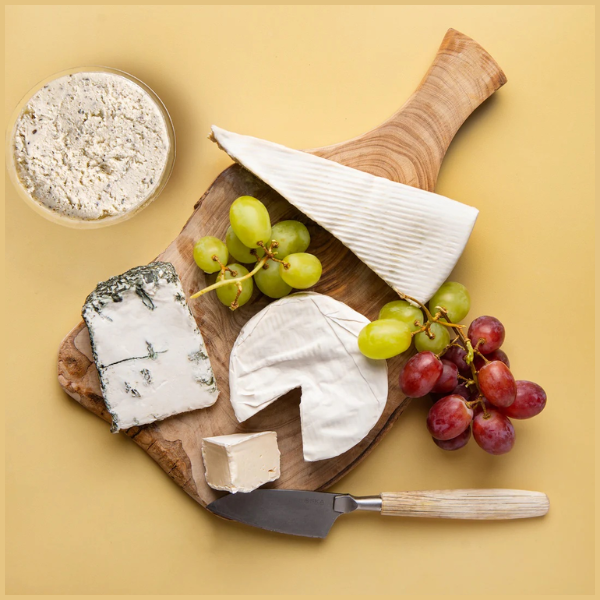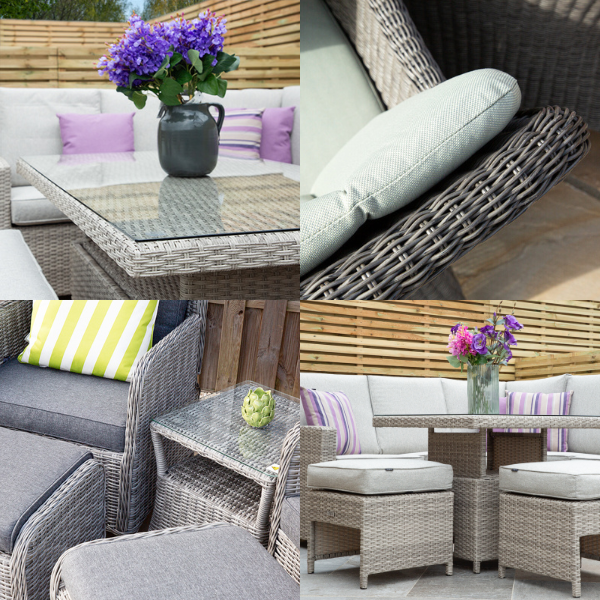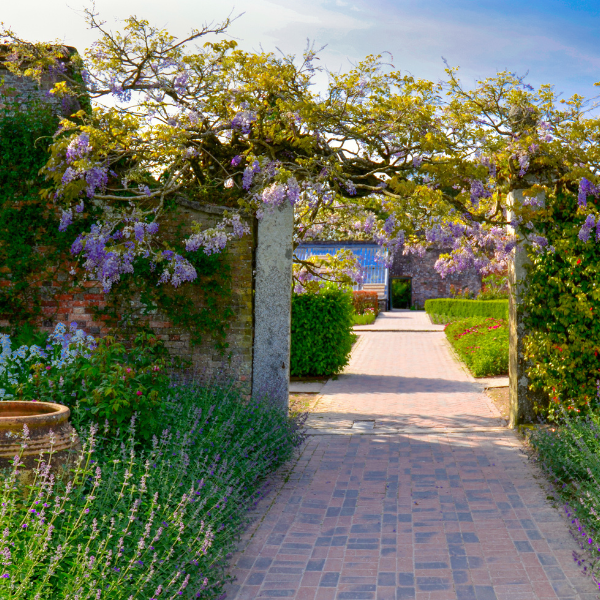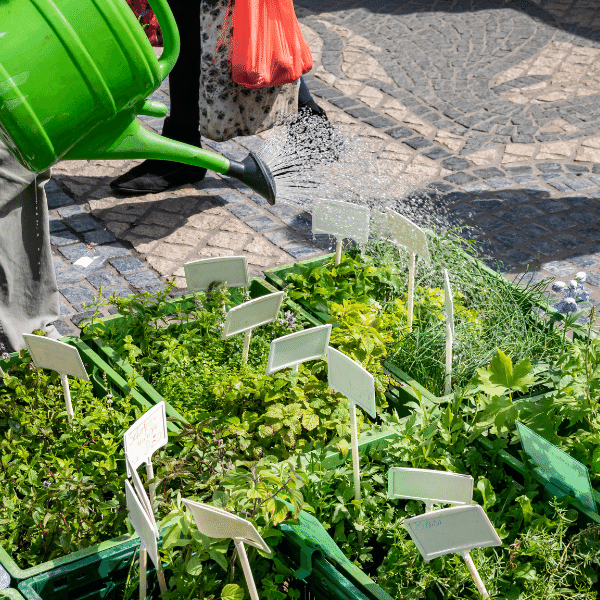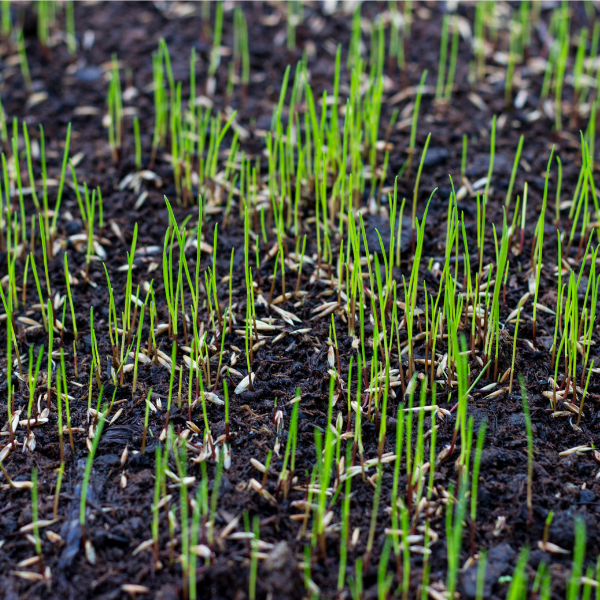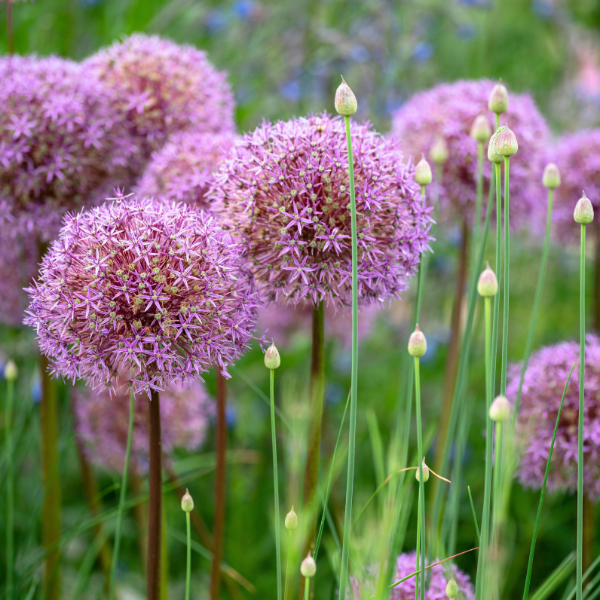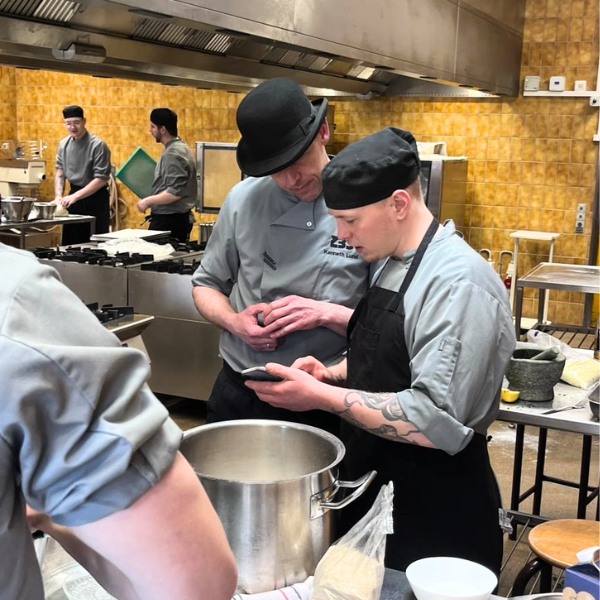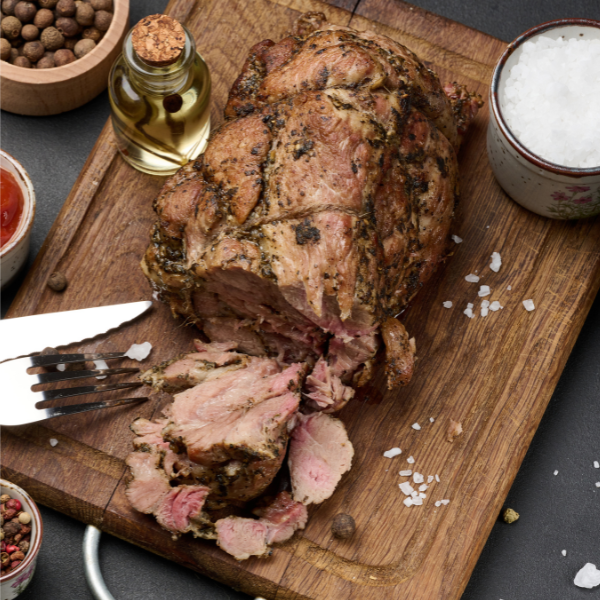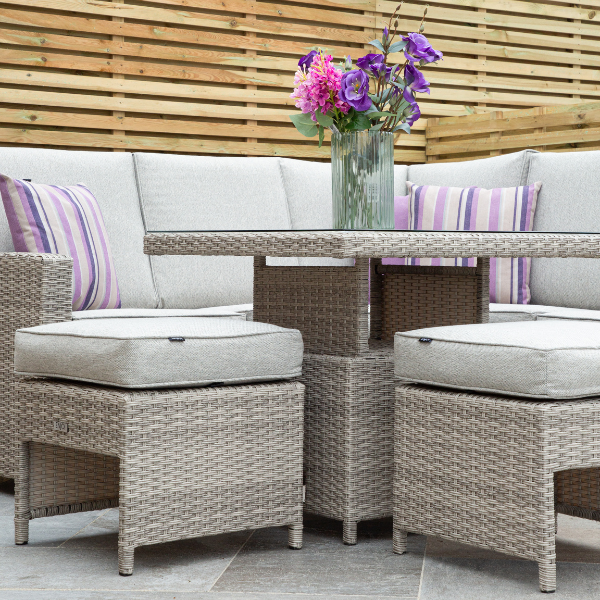Gardening in January and February

Get ready for the big garden bird watch

If your container garden plants have fruit, berries, hips, seeds and nuts they will also provide an exciting meal for birds. Crab apple trees, berry bushes, and other fruiting plants provide vital food and shelter, whilst holly, hawthorn, rowan and dogwood all provide delicious delicacies or attract tasty insects.
Make your own bird feeding station
Don't worry if you haven't got a store-bought bird feeding station, you can simply make one using a plastic bottle, yoghurt pot, plant pot or wooden tray. It could make for a great activity for the whole family to get involved in. You can either have your pot hanging or standing. All you need to fill your station with is some lard, dried fruit and bird feeder.
- Melt the lard in a small saucepan and allow to cool
- Once cool, mix in equal part dried fruit and some bird seed
- Fill your pot with the mix and allow to cool for 15+ minutes
- Pop in an area of your garden that is accessible for birds
Water
Water remains a crucial resource for birds during the winter, even in the presence of the UK's abundant rainfall. In colder conditions leading to frost, the significance of fresh water is on par with that of food. Garden birds encounter challenges in locating unfrozen water for drinking and bathing to preserve their plumage during cold weather.

What is Big Garden Birdwatch?
Big Garden Birdwatch is the world’s largest garden wildlife survey. Every year, hundreds of thousands of nature lovers set an hour aside to relax and record the birds that come and go in your garden or local park, helping to build a picture of how garden birds are faring. Here are some tips for caring for our feathered friends during the winter and a birdwatch guide to help you attract different bird species to your outdoor pace.
Feeding:
To effectively support the well-being of our garden birds during the winter, it is crucial to enhance their diet by providing a bird seed mix containing essential fats, nutrients, and protein. With fewer natural food sources available and shorter daylight hours for foraging, supplementation becomes especially important during this season.
Offering high-energy suet treats such as pellets, cakes, and fat balls, along with specialized winter seed mixes containing sunflower and nyger, plays a vital role in ensuring the birds' survival through the winter months. Garden birds possess rapid metabolisms, requiring the limited calories and fat they consume in cold weather to be converted into heat, thus helping them stay warm.

At Chessington Garden Centre, we stock a wide range of bird feeders and baths which can be found amongst our pet-care and landscaping departments. Once these are stocked online, you will be able to find them by clicking here.
Ensure that bird baths feature sloped sides to facilitate easy access, and to prevent freezing, consider placing a table tennis ball on the water's surface. Maintain the cleanliness of your bird bath by using a designated wildlife disinfectant to inhibit the spread of bacteria and diseases. It's advisable to change the water regularly, ideally on a daily basis.
Shelter
Incorporating a bird nesting box into your garden can significantly enhance the quality of life for birds. These boxes serve as places for birds to hatch and raise their young, as well as seek shelter from harsh weather conditions and protection against predators. When selecting a nest box, opt for one crafted from durable FSC timber, ensuring adequate insulation during the winter months. It is advisable to choose bird boxes with entrance holes measuring 32mm, an ideal size for small-hole nesting birds like house sparrows and the tit family.
Participating in the RSPB Big Garden Birdwatch offers a fantastic family activity, fostering engagement with nature, especially for school children. This event entails dedicating an hour to observe and tally the birds that frequent your outdoor area, followed by submitting the recorded results to the RSPB. In the previous year, over 8 million birds were observed in UK gardens, with the house sparrow, starling, and blackbird emerging as the top three species spotted during this collective birdwatching effort.

Stock up on summer bulbs, ready to plant out after the last frost
Flowers
• For late-summer flowering clematis, prune by cutting stems back to healthy buds approximately 30cm from the base
• Create vigorous new plants by dividing congested clumps of herbaceous perennials and grasses
• Pot up containers with hardy spring bedding, such as primroses, wallflowers, and forget-me-nots
• Prune winter-blooming shrubs like mahonia, winter jasmine, and heathers after they've finished flowering
• Before birds start nesting, trim back ivy, Virginia creeper, and other climbers that have outgrown their space
• Use shears to remove all old foliage from epimediums before the spring flowers begin to develop
• Apply slow-release fertilizer around the base of roses and other flowering shrubs
• Cut down deciduous ornamental grasses left standing over winter before fresh shoots appear

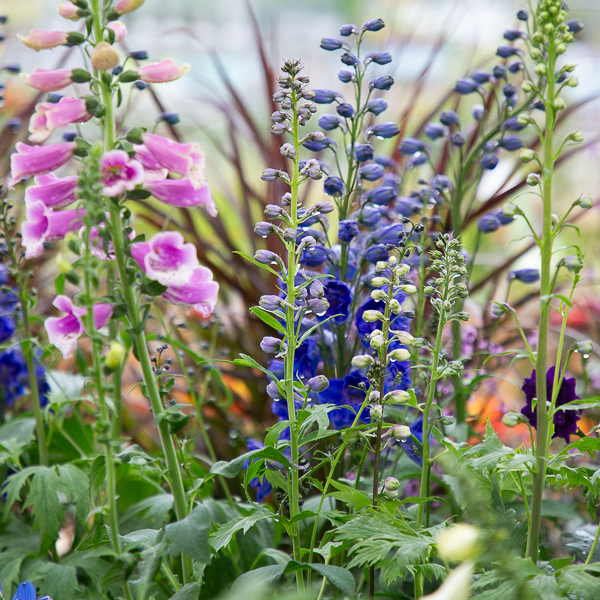
Fruit and Veg
• Complete the winter pruning of fruit trees and soft fruits, including apples, autumn raspberries, and blackcurrants
• Facilitate the sprouting of first-early potato tubers, such as 'Foremost,' by placing them in trays in a well-lit, frost-free area
• Prepare vegetable beds for sowing by thoroughly weeding and then covering them with a generous layer of garden compost
• Enhance the fruiting potential of fruit trees and bushes by applying sulphate of potash fertilizer around the base
• Cultivate mustard and cress in a small seed tray on a warm windowsill for harvest in just a few weeks
• Promote early growth and yield in strawberry plants by covering them with cloches or fleece
• Reduce snail populations by locating overwintering snails in empty pots and hidden corners. Learn more about deterring slugs and snails from your garden
• Begin planning for your seed-sowing year
Plant Advice
Looking for more inspiration?
Please follow the link provided to access our plant finder catalog. Once there, you can explore various types of plants by clicking on each one to gather more detailed information. With a diverse selection of plants available, we understand the challenge of choosing the right flowers, shrubs, and trees for your garden, as well as considering your indoor spaces. Navigate through this page, and let us provide you with practical advice for your gardening endeavors in 2024.

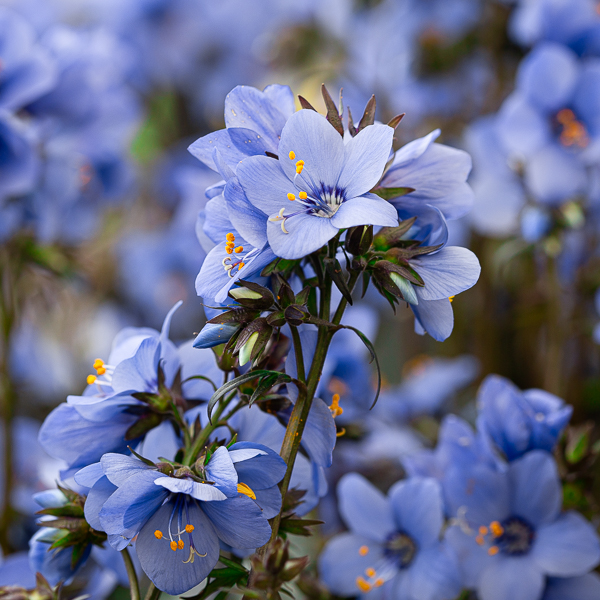

 2,768 REVIEWS
2,768 REVIEWS